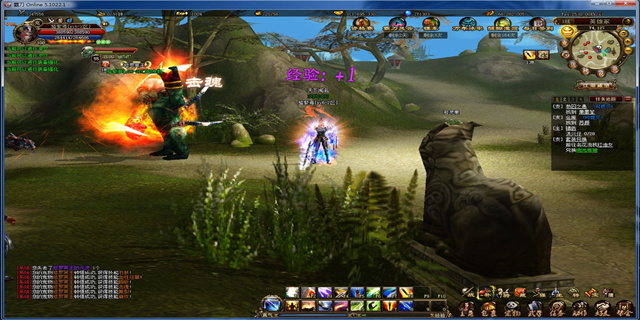goemon(Goemon)
Goemon
Goemon is a legendary Japanese folk hero known for his skilled, acrobatic, and daring feats as a thief and robber. His story has been passed down through generations and has become a popular figure in Japanese folklore. This article delves into the captivating tale of Goemon, exploring the legends surrounding his life and his enduring legacy.
The Early Life of Goemon
Little is known about the early life of Goemon, adding an air of mystery and intrigue to his legend. According to popular belief, Goemon was born during the 16th century in the province of Echigo, which is now known as modern-day Niigata Prefecture. He was said to come from a samurai family but abandoned his noble heritage to pursue a life of adventure and mischief.

Goemon's early exploits consisted of stealing from wealthy merchants and corrupt officials, redistributing the ill-gotten gains among the poor and oppressed. It is said that he became a symbol of rebellion against societal inequality, gaining a following of loyal supporters who admired his Robin Hood-like actions.
Goemon's Notorious Heists
As Goemon's fame grew, so did the scale and audacity of his heists. He targeted powerful daimyos, feudal lords, and even members of the ruling elite. His most famous exploit involved breaking into the heavily guarded Kyōto Castle, an act that was considered impossible. The legend goes that Goemon and his followers infiltrated the castle disguised as traveling monks and managed to steal valuables worth a fortune.

But Goemon's daring escapades were not limited to theft. He was also known for his exceptional martial arts skills, using them to defend the innocent and challenge oppressive authority. Numerous accounts describe his feats of strength and agility, such as running across rooftops with ease and using his katana to disarm opponents effortlessly.
The Tragic End of Goemon
Despite his skill and cunning, Goemon's luck eventually ran out. In 1594, Toyotomi Hideyoshi, the powerful ruler of Japan, issued an edict banning all acts of thievery and robbery. Determined to capture Goemon and put an end to his reign, Hideyoshi's forces launched a relentless pursuit.
According to the most popular version of the tale, Goemon was betrayed by a fellow thief and ambushed by Hideyoshi's troops while bathing in a hot spring. Outnumbered and without his weapons, he valiantly fought off his attackers but was eventually captured.
Goemon's punishment was severe and served as a warning to others who dared to challenge the ruling elite. He was publicly executed by being boiled alive in a large iron cauldron, an excruciating and torturous death.
Legacy and Cultural Impact
Despite his tragic demise, Goemon's legend lives on in Japanese culture. His story has been retold through various mediums, including Kabuki theater, literature, and films. Artists and writers often portray him as a symbol of resistance against oppression and a hero fighting for justice.
One of the most iconic representations of Goemon is in the famous video game series \"Ninja Gaiden,\" where he is portrayed as a skilled and honorable ninja. He has also made appearances in other popular video games, such as the \"Samurai Warriors\" series.
Furthermore, Goemon has become a symbol of anti-establishment sentiments in modern Japan. His image is often used in protests and political movements, reflecting a desire for social equality and justice. His enduring legacy serves as a timeless reminder of the human spirit's indomitable nature in the face of adversity.
In conclusion, Goemon's tale of adventure, bravery, and rebellion continues to captivate audiences around the world. His legendary status as a thief and folk hero has made him a symbol of resistance and a champion of the oppressed. The story of Goemon reminds us of the power of folk traditions in shaping the collective imagination and inspiring generations to stand up against injustice.


暂无评论,29人围观